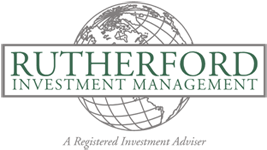Market Rises Closer To All-Time High
Originally posted in the Daily Journal of Commerce, Portland OR
Published February 11, 2013

In response, the Federal Reserve said:
Information received since the Federal Open Market Committee met in December suggests that growth in economic activity paused in recent months, in large part because of weather related disruptions and other transitory factors. Employment has continued to expand at a moderate pace, but the unemployment rate remains elevated. Household spending and business fixed investment advanced, and the housing sector has shown further improvement. Inflation has been running somewhat below the committee’s longer-run objective, apart from temporary variations that largely reflect fluctuations in energy prices. Longer-term inflation expectations have remained stable.
Consistent with its statutory mandate, the committee seeks to foster maximum employment and price stability. The committee expects that, with appropriate policy accommodation, economic growth will proceed at a moderate pace and the unemployment rate will gradually decline toward levels the committee judges consistent with its dual mandate. Although strains in global financial markets have eased somewhat, the committee continues to see downside risks to the economic outlook. The committee also anticipates that inflation over the medium term likely will run at or below its 2 percent objective.
To support a stronger economic recovery […]

